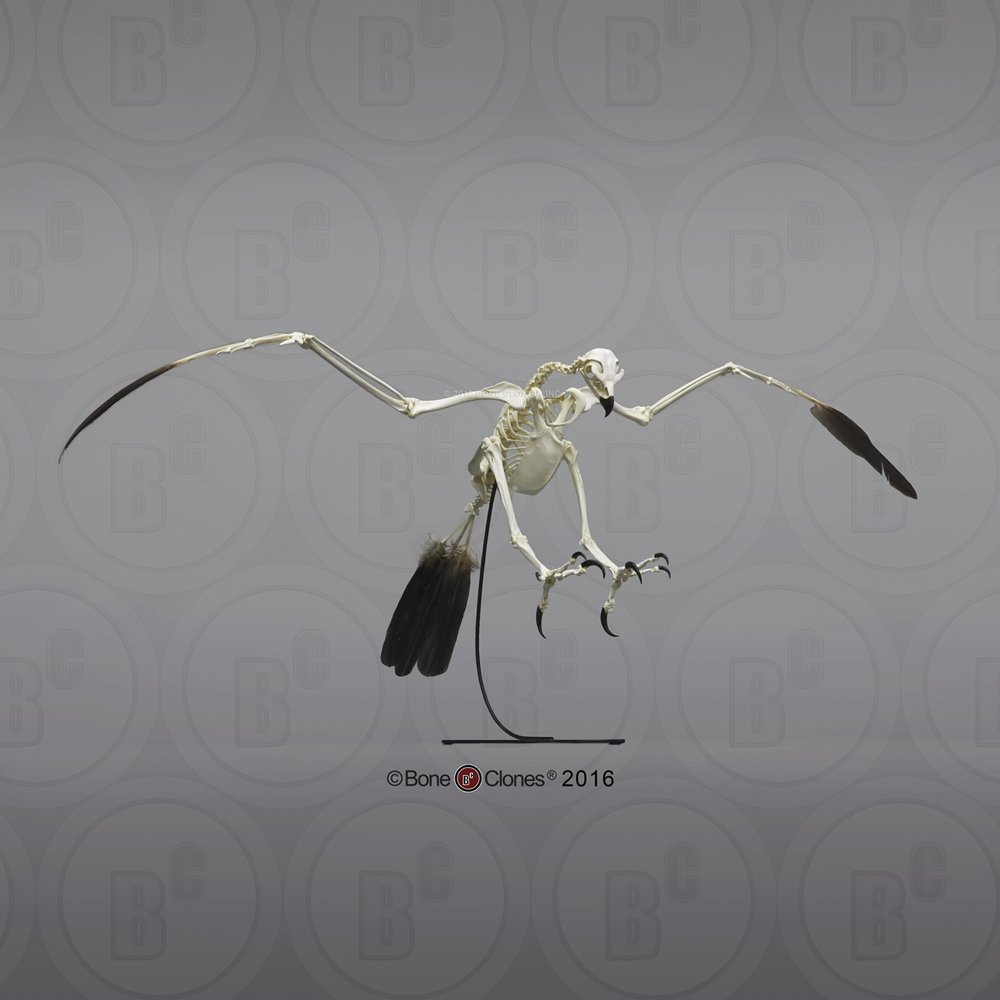1/x? And WE'RE BACK from #WLCrittersClass with more #zooarchaeology to coincide with #2023MMM! (Note: we are not officially affiliated so all errors are our fault.) Get ready for more golden eagle and maybe a few others chiming in independently tonight! #TeamGoldenEagle
2/x And now, without further ado, #TeamGoldenEagle returns for a second round of #zooarchaeology #WLCrittersClass info! Our narrator will once again be Cooper. #2023MMM
#Carnage
#Carnage
3/x Golden eagle bones were found at the Templo Mayor in an offering box from c. 1500 AD. They were adorned with copper and gold jewelry and were most likely used in rituals or as ceremonial offerings to the gods (Arbuckle and McCarty 2014). #WLCrittersClass #2023MMM
4/x The Scythians left no written sources of information, but they left many depictions of animals, including the golden eagle! A golden eagle predating on an ibex can be seen on a Scythian gold headdress dating back to the 4th century BC (Sharkey 2022)
#2023MMM #WLCrittersClass
#2023MMM #WLCrittersClass

5/x Examination of golden eagle bones found at Mesoamerican burial sites from around 250 CE indicate that golden eagles were sometimes raised in captivity, most likely in anticipation of burial rituals (Arbuckle and McCarty 2014).
#2023MMM #WLCrittersClass
boneclones.com/product/articu…
#2023MMM #WLCrittersClass
boneclones.com/product/articu…
6/x Based on the high number of carpometacarpals found at Cahokia, it appears that golden eagles may have been used for their feathers, and that parts of their wings were used to make beads or other objects. (Parmalee 1958)
#2023MMM #WLCrittersClass
(Image: Bone Clones, see prev)
#2023MMM #WLCrittersClass
(Image: Bone Clones, see prev)

7/x The image below is from Cahokia featuring Monk's Mound! (Prof's photo)
Works Cited
Arbuckle, Benjamin S., and Sue Ann McCarty, eds. 2014. Animals and Inequality in the Ancient World. Boulder, Colorado: University Press of Colorado. #2023MMM #WLCrittersClass
Works Cited
Arbuckle, Benjamin S., and Sue Ann McCarty, eds. 2014. Animals and Inequality in the Ancient World. Boulder, Colorado: University Press of Colorado. #2023MMM #WLCrittersClass

8/x Image: The Bird Man Tablet 1300 CE from Cahokia, Cahokia Museum, St. Louis, MO (Prof's photo) #2023MMM #WLCrittersClass
Works Cited
Parmalee, Paul W. 1958. “Remains of Rare and Extinct Birds from Illinois Indian Sites.” The Auk 75 (2): 169–76. doi:10.2307/4081887.
Works Cited
Parmalee, Paul W. 1958. “Remains of Rare and Extinct Birds from Illinois Indian Sites.” The Auk 75 (2): 169–76. doi:10.2307/4081887.
@threadreaderapp Unroll
• • •
Missing some Tweet in this thread? You can try to
force a refresh

 Read on Twitter
Read on Twitter












